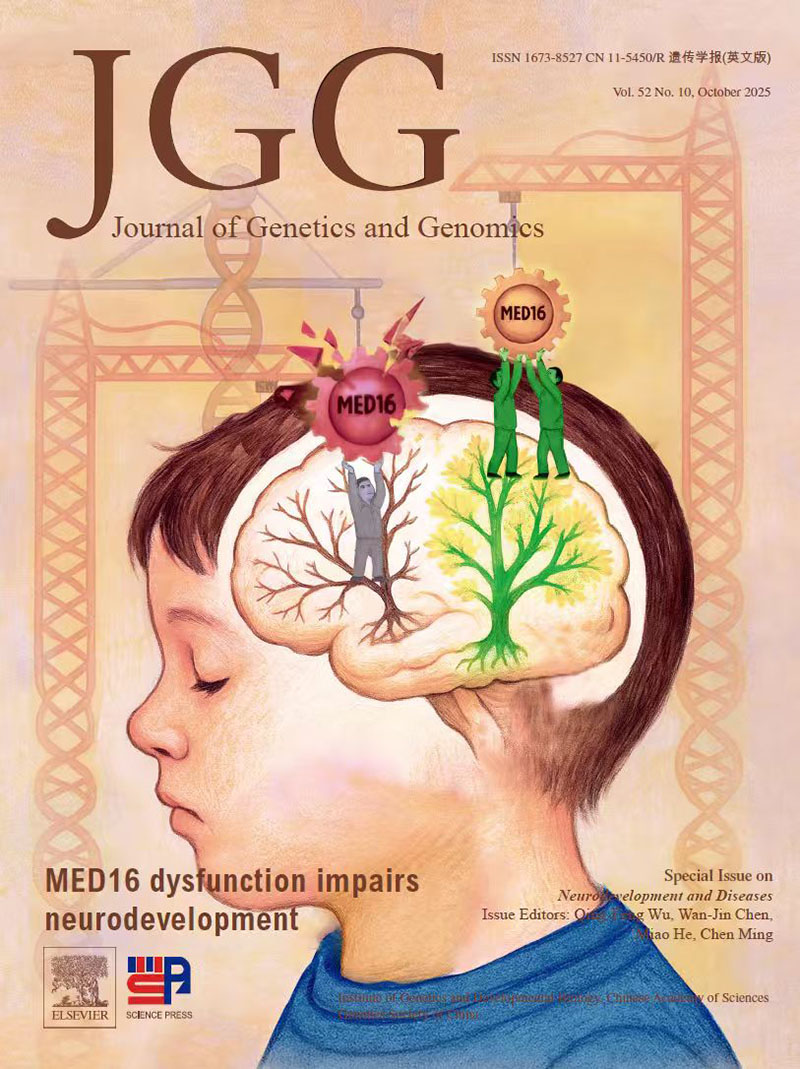Mammary stem cells (MaSCs), endowed with self-renewal and multilineage differentiation capabilities, are crucial for mammary gland development, function, and disease initiation. Recent advances in MaSCs biology research encompass molecular marker identification, regulatory pathway dissection, and microenvironmental crosstalk. This review synthesizes key progress and remaining challenges in MaSC research. Molecular profiling advances have identified key markers recently, such as Procr, Dll1, Bcl11b, and PD-L1. Central to their regulatory logic are evolutionarily conserved pathways, including Wnt, Notch, Hedgehog, and Hippo, which exhibit context-dependent thresholds to balance self-renewal and differentiation. Beyond intrinsic signaling, the dynamic interplay between MaSCs and their microenvironment, such as luminal-derived Wnt4, macrophage-mediated TNF-α signaling, and adrenergic inputs from sympathetic nerves, spatially orchestrates stem cell behavior. In addition, this review also discusses the roles of breast cancer stem cells (BCSCs) in tumorigenesis and therapeutic resistance, focusing on the molecular mechanisms underlying MaSC transformation into BCSCs. Despite progress, challenges remain: human MaSCs functional assays lack standardization, pathway inhibitors risk off-target effects, and delivery systems lack precision. Emerging tools like spatial multi-omics, organoids, and biomimetic scaffolds address these gaps. By integrating MaSCs and BCSCs biology, this review links mechanisms to breast cancer and outlines strategies to target malignancy to accelerate clinical translation.







